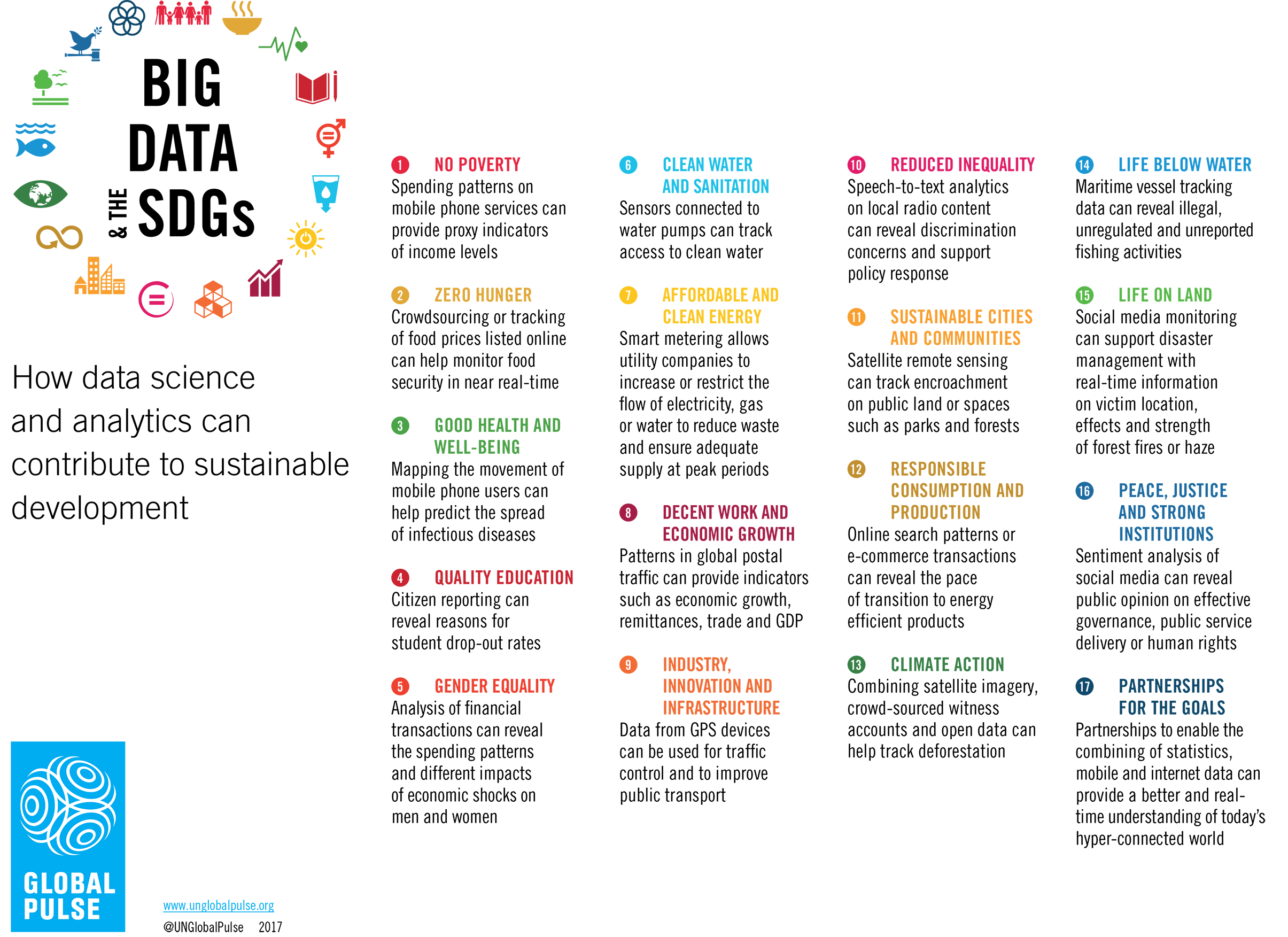Forecasting and predictions in a business or innovation context
Forecasting is fundamental for any business and organization involved with risks, opportunities, and security. Experts believe that there are 37 project characteristics that "subjectively combine data on all cues by examining both critical flaws and positive factors to arrive at a forecast." (Åstebro, 2006, para. 1). This peer-reviewed article, entitled "The Effectiveness of Simple Decision Heuristics," investigates the decision leading to "forecasting commercial success for early-stage ventures." (Åstebro, 2006) As the article suggests, predictions and forecasting of the early stages of a business are equal to innovation, and I, as part of a tech company, strongly believe so. Big corporations such as google, apple, Microsoft, and others give up an outstanding award for those who can provide a successful and meaningful prediction of the future for technical and financial prospects. People usually think that predictions are just scientific speech that is supported by facts and other materials, but apparently, it is not just that. Researchers must have historical decision-making datasets, analysis, and test the results' robustness for their predictions. The article claims that "The best heuristic is that which keeps 21 and ignores 16 cues." (Åstebro, 2006, p. 8) of 37 characteristics of the project because "The heuristic has an overall out-of-sample predictive accuracy of 86.0%. Note that the best heuristic, the regression model with all cues," (Åstebro, 2006, p. 8)
Therefore, there are tools and science that we should use to prove the truth of our claim of prediction and forecasts, and artificial intelligence and machine learning are the best tools for today's forecasting of tomorrow.
For example, a peer-reviewed article predicts future hospitalization with high accuracy using artificial intelligence for urgent patients in the emergency department. (Jung-Ting, 2021) The study used "retrospectively collected data from the ED of a tertiary teaching
hospital between January 1, 2015, and December 31, 2019." to predict the future of hospitalization. They used eleven variables for data analysis and prediction model building, including one response variable, two demographic variables, eight clinical variables, and the response and gender variables. (Jung-Ting, 2021)
Infamous predictions that came true
The most extraordinary forecast and prediction ever in human life is the long-lost letter from the great Albert Einstein that made an uncanny prediction 70 years ago. The image is attached here.
Nikolas Tesla (a co-worker of Thomas Edison) was one of the most outstanding electrical scientists who predicted wireless systems sometime about 90 years ago.
Note:
Please find this post in my blog. (Nikbin, 2022b)
Reference
Åstebro, T., & Elhedhli, S. (2006). The effectiveness of simple decision heuristics: Forecasting commercial success for early-stage ventures. Management Science, 52(3), 395-409. https://coloradotech.idm.oclc.org/login?url=https://www.proquest.com/scholarly-journals/effectiveness-simple-decision-heuristics/docview/213175064/se-2?accountid=144789
Jung-Ting, L., Chih-Chia, H., Chih-Hao, L., Yu-Jen, L., & Chung-Yao, K. (2021). Prediction of hospitalization using artificial intelligence for urgent patients in the emergency department. Scientific Reports (Nature Publisher Group), 11(1)http://dx.doi.org/10.1038/s41598-021-98961-2



